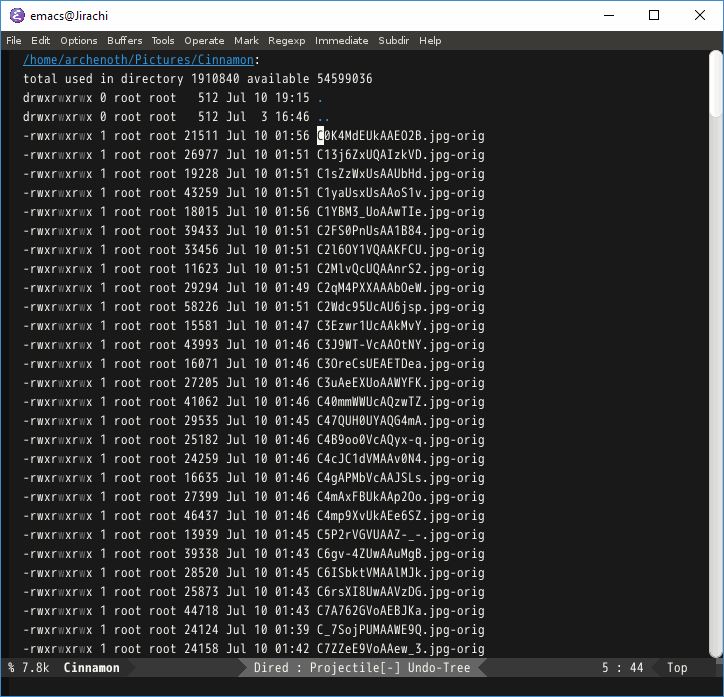

And in the end, rename all the sheets using those names. After that, it will check if all the cells in the range that you have specified have values or not. When you run this VBA code, first it will check if the cells in the range are equal to the number of sheets that you have in the workbook. First, enter the criteria that will determine what gets renamed.

Then right-click the files and select PowerRename from the menu that appears. Ws.name = Range("A1:A10").Cells(i, 1).Value First, locate the files that you want to rename in File Explorer or on the desktop and select them. 'rename each sheet using the value from the range cell by cell. MsgBox "There's is a blank cell in the names range." 'Check if any of the cells in the name range is empty. MsgBox "There's some problem with the names provided." 'Checks if the count of the names provided is less _
#EXCEL MASS RENAME CODE#
In that case, you need to have code like the following.
#EXCEL MASS RENAME WINDOWS#
Sheets("Sheet1").name = Range("A1").Valueīut let’s say you want to name multiple sheets based on the values in a range of cells. Change file names in Windows Command Prompt:ren 'old filename.ext' 'new filename.ext'Use Excel to make multiple copies of this code then paste it back into C. You can also rename a sheet by taking value from a cell. SheetName = InputBox("Enter new name for the sheet.")Įnd Sub Rename a Sheet using Value from a Cell or a Range MySheet = InputBox("enter the name of the sheet that you want to rename.") If you need a powerful way to rename multiple files at once and you’re just not up for mastering the Command Prompt or PowerShell commands, you can always turn to a third-party utility.The solution to this problem is the following code that uses FOR EACH, which can loop through all the worksheets to find the sheet that you have defined and then rename that sheet. Option 4: Rename multiple worksheet tabs using VBA code It could be a time-consuming task if you use the above methods to rename lots of worksheet tabs. Rename Multiple Files Using a Third Party App Select the worksheet tab that you want to rename, then press the keyboard shortcut Alt + O + H + R (Just press these 4 keys on the keyboard one by one in the sequence), type a name and press Enter. You can learn more about PowerShell in general from our Geek School guide, and learn more about the rename-item commandlet from Microsoft’s TechNet Library. And, of course, you can also build more complicated commandlet structures that even include IF/THEN logic. For example, the rename-item commandlet also offers features like a -recurse switch that can apply the commandlet to files in a folder and all folders nested inside that folder, a -force switch that can force renaming for files that are locked or otherwise unavailable, and even a -whatif switch that describes what would happen if the commandlet was executed (without actually executing it).
#EXCEL MASS RENAME HOW TO#
RELATED: Geek School: Learn How to Automate Windows with PowerShellĪs you might expect, PowerShell offers tremendous power when it comes to naming your files and we’re only scratching the surface here. The rest of the commandlet just signifies that any space ( " " ) should be replaced by an underscore ( "_" ). The -replace switch indicates that a replacement is going to happen. The $_.name part stands in for each of the files getting piped. The dir part of that commandlet lists all the files in the folder and pipes them (that’s the | symbol) to the rename-item commandlet. Use Rename Option from Menu in Excel First, select the sheet from the sheet tab at the bottom and right-click on it. From the “File” menu, point to “Open Windows PowerShell,” and then select “Open Windows Powershell.”ĭir | rename-item -NewName The quickest way to open a PowerShell window at your desired location is to first open the folder in File Explorer. Pipe the output of Dir to Rename-Item and you’re in business. Using PowerShell, you can pipe the output of one command-known as a “commandlet” in PowerShell terms-to another command, just like you can on Linux and other UNIX-like systems. The two important commands you’ll need are Dir, which lists the files in the current directory, and Rename-Item, which renames an item (a file, in this case). PowerShell offers even more flexibility for renaming files in a command-line environment. If you’re interested, the folks over at the Lagmonster forums have an excellent writeup on the subject. RELATED: How to Write a Batch Script on WindowsĪnd this only begins to address the kinds of command line wizardy you can get into if you want to build more complicated commands-or even batch scripts-by weaving other commands and conditionals into things. html extension to use the same file name and same first three letters only of the file extension, which ends up cutting the “l” off of all the extensions in the folder. This tells Windows to rename all files with the.


 0 kommentar(er)
0 kommentar(er)
